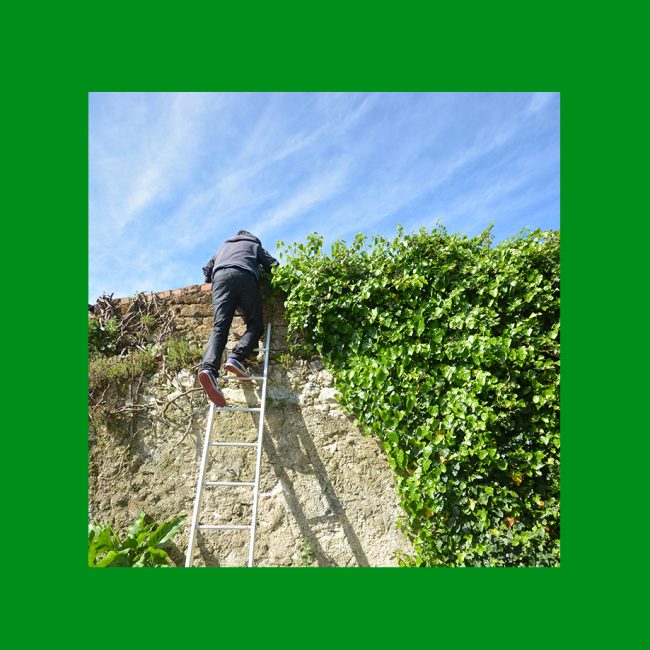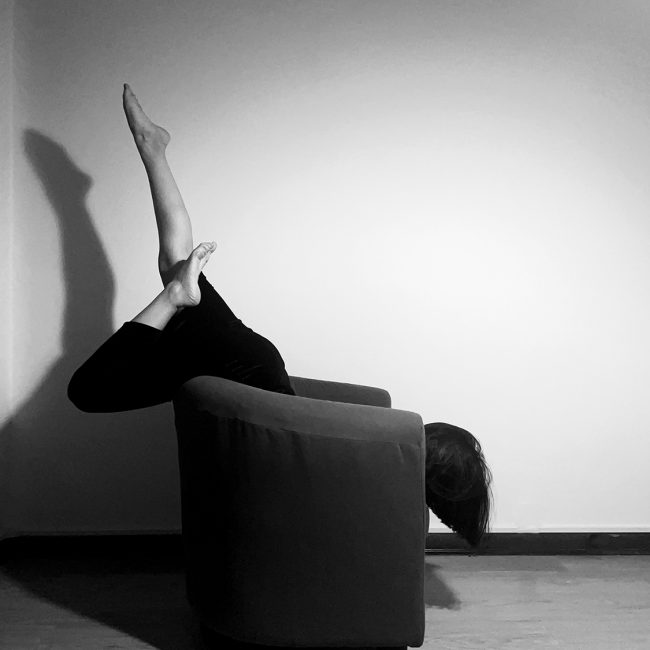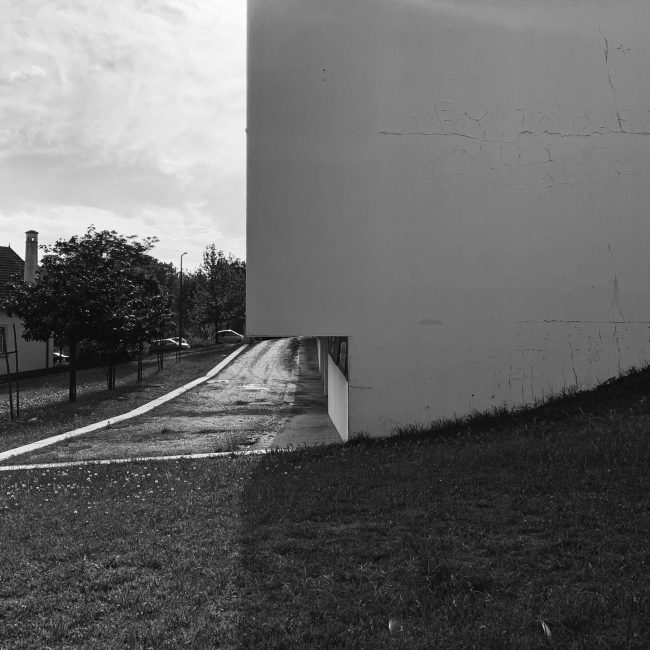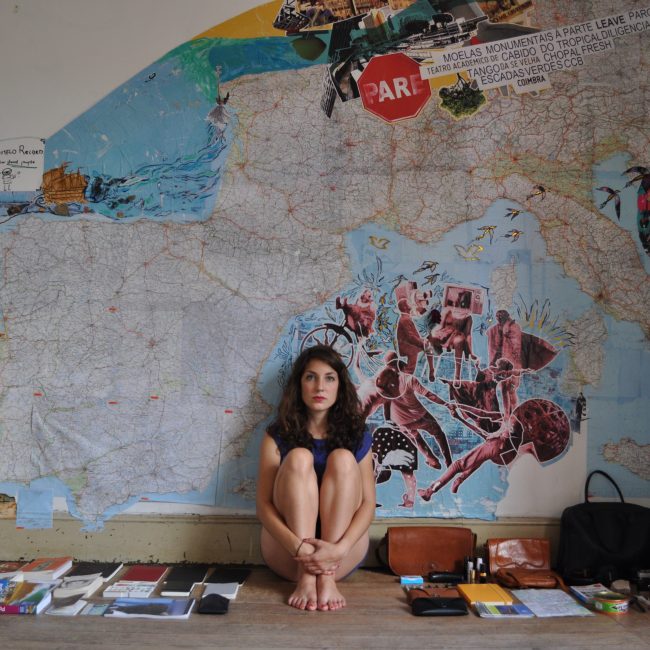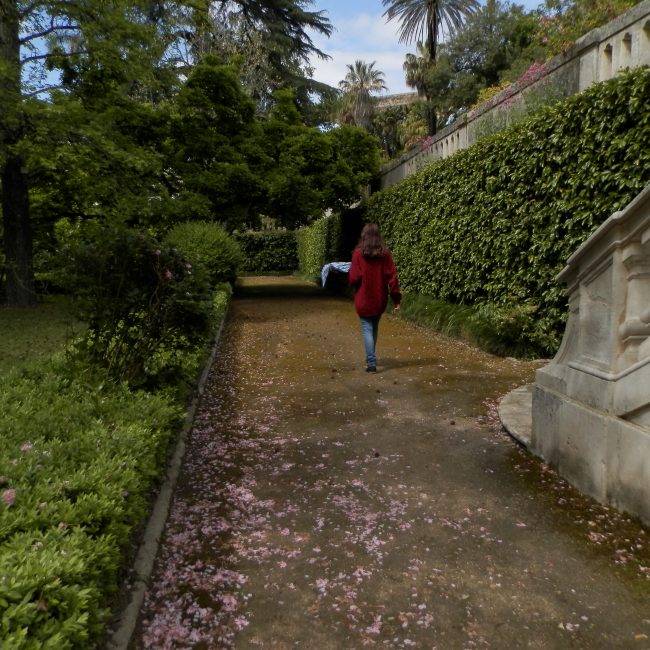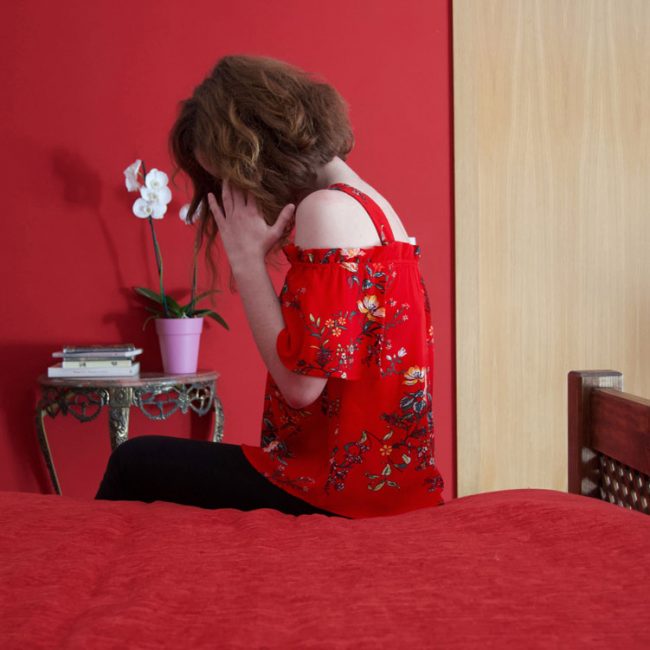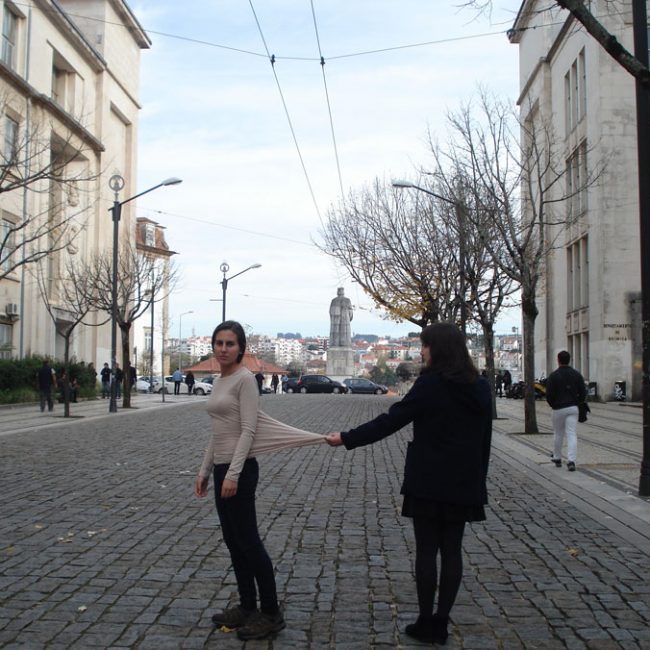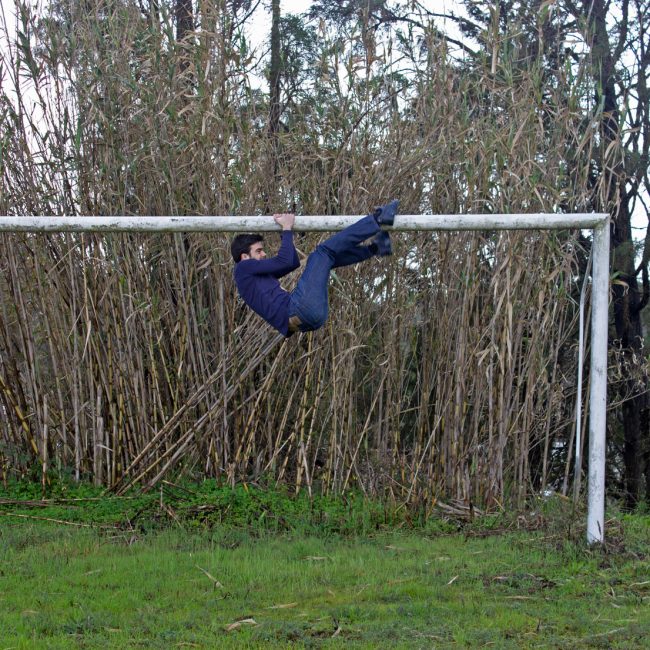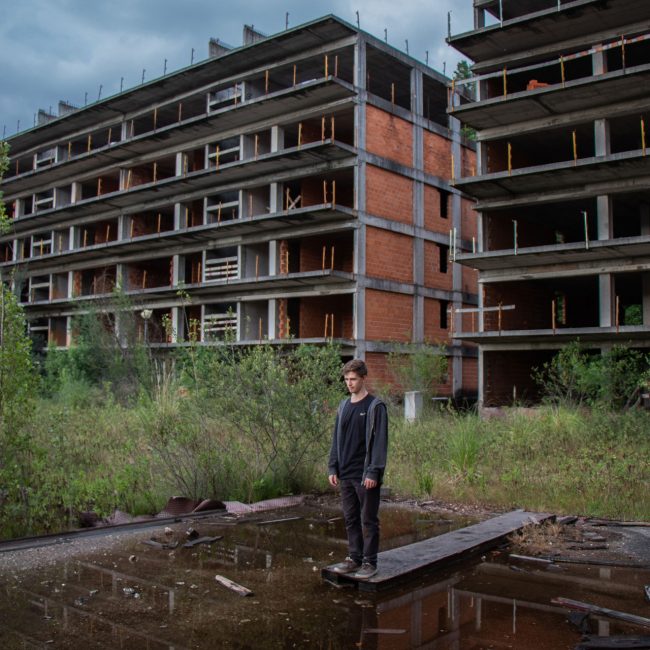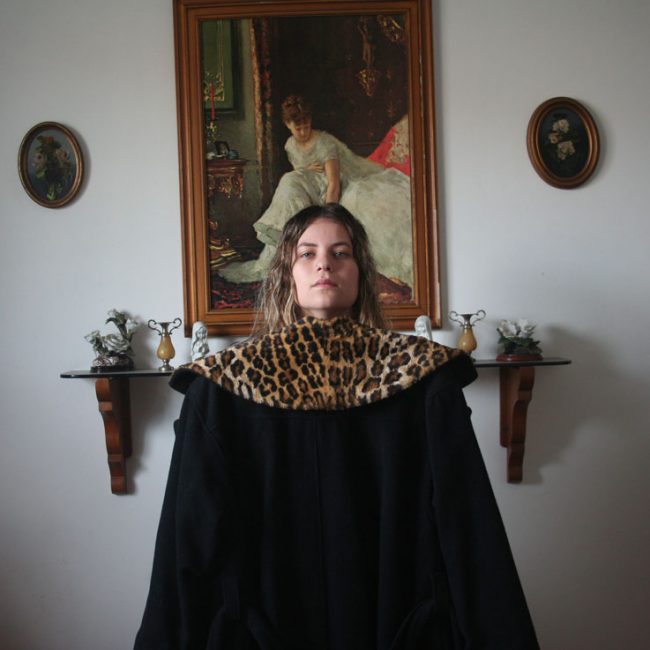darq | DEPARTMENT OF ARCHITECTURE
FACULTY OF SCIENCE AND TECHNOLOGY
DHEEAA | DEPARTMENT OF HISTORY, EUROPEAN STUDIES, ARCHAEOLOGY AND ARTS
FACULTY OF LETTERS
UNIVERSITY OF COIMBRA
laTEST projects
About the institution
The objectives of this course are designed to enable students to acquire an understanding of photographic techniques and the History of Photography within its social, scientific, and artistic contexts. Additionally, the course aims to significantly enhance contemporary visual culture, fostering critical thinking in the interpretation of the world through images.
Students are encouraged to develop personal projects grounded in their knowledge of the history of images, bridging theoretical understanding with artistic practice. These projects revolve around the concepts of self-portraiture and appropriation.
The program briefly explores fundamental aspects of Photography, including Photography as a model of subjectivity, the multiplicative nature of images, Photography vs. Image, the image as a world construction, an ethics of Photography, and a brief history of Photography from 16th-century painting to Contemporary Photography.
A significant portion of the program delves into Contemporary Photography through categorization of artistic practice and critical reception, with Contemporary Art as its conceptual and temporal framework. This categorization is organized around the following ideas: Photography before the act of photographing, pictorial narratives/staged photography, domestic and private narratives/subjective realism, objective photography/inexpressionism, document and art, appropriation, and citation.
The potential for Photography existed before its time, and we must trace its origins back to at least the 16th century to identify the earliest signs of a proto-photographic worldview. It wasn’t until the 19th century, with the technological advancements brought about by the Industrial Revolution and scientific progress, that the prehistory of Photography began to take shape.
As Pedro Miguel Frade notes in “Figures of Wonder,” it was the sciences that drove the creation of new visual prosthetics. By the end of the 19th century, Europe was using Photography as a means to mark time and record memories. It quickly became a sign of modernity. Baudelaire was among the first to recognize its potential, problematizing its destabilizing role in the artistic field, stating, ‘In these lamentable days, a new industry has emerged that has contributed to reinforcing the base stupidity of their belief… that art is nothing more and nothing less than the exact reproduction of nature… a vengeful God answered the voices of these people. Daguerre became their Messiah.’
Aside from Photography’s emergence within the realm of visual arts due to the exhaustion of traditional or fine arts, it’s also pertinent to consider this emergence as a result of constructing a world representation system founded on the notion of a mass-mediated information society.
From the 1970s onward, photographic and television images are everywhere. The image becomes commonplace as an instrument for perceiving reality. Our experience today is entirely dependent on this condition. Given that our memory is fundamentally rooted in imagery/photography, it needs to be nourished by images. Hence, a world without photography is unimaginable. The issue of imagery in contemporary, highly mediatized societies poses, as someone noted, the central contemporary question regarding images: the impossibility of not seeing.
What do we seek in a photograph? Perhaps what Walter Benjamin found in the works of Atget: complexity, multiplicity, and contradiction? In the same vein as Theodor Adorno spoke of the quality of art that makes us aware of contradictions because it does not resolve them. It is, therefore, the potential that is not fulfilled in the photographic object itself but rather in the participative reception of the viewer that makes good images singular. Finally, we might say, echoing Hugo Hofmannsthal, that the artist should be a seismograph: a place where the images of their time converge, so that art brings us knowledge as well as enjoyment.
José Maçãs de Carvalho
COURSES AND CURRICULAR UNITS IN PHOTOGRAPHY
BACHELOR'S DEGREE IN DESIGN AND MULTIMEDIA
INTEGRATED MASTER'S DEGREE IN ARCHITECTURE
MASTER'S DEGREE IN ARTISTIC STUDIES
contacts
- Rua Sílvio Lima
Universidade de Coimbra – Polo II
3030-790 Coimbra
- tel: 239 700 600
- email: fctuc@fct.uc.pt
- www.uc.pt/fctuc
Universidade de Coimbra – Polo II
3030-790 Coimbra


